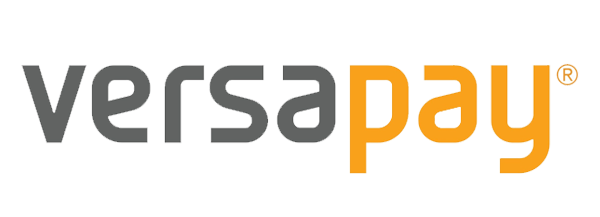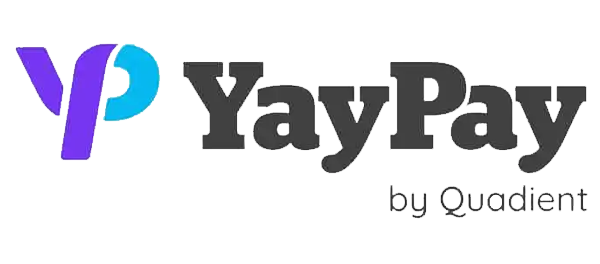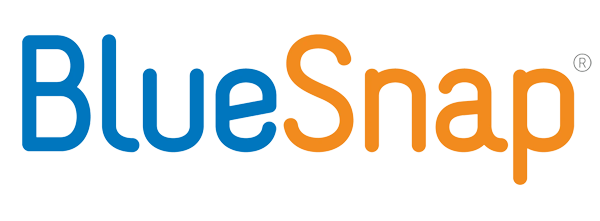As you may already know, accounts receivable (AR) is all about your company’s incoming customer payments.
Some firms still practice manual AR processes, mainly because of accessibility, work volume, and budgeting reasons.
However, many have pivoted towards tech-powered solutions to boost their AR processes.
It’s a wise move to leverage technology to handle mounting unpaid invoices, especially if you’re already understaffed.
So, whether you’re trying to get your AR process up to speed or simply want to see what the fuss on AR automation is all about, this blog breaks down everything you need to know about accounts receivable automation, including its benefits and which software to use for your unique business needs.
What is Accounts Receivable Automation?

Accounts receivable automation (or AR automation) is done to speed up, streamline, and systematize your accounts receivable processes, like invoice generation and sendouts, payment processing, and payment collection, among others.
AR automation leverages technology and often takes the form of accounting software that teams like yours can access on demand.
Compared to manual accounts receivable processes, AR automation allows you to pull data from your sales database faster, detect errors to boost accuracy, and integrate AR into other accounting systems and tasks.
How to Automate Accounts Receivable?

It’s plain and simple: Your firm will make use of accounting software.
The step-by-step AR process is handed over to technology.
Take for example the first step in AR, which is when clients place orders.
When clients use software instead of manual data entry, you seamlessly sync customers across platforms, update your inventory in real time, and give sales orders to the corresponding employees.
Now apply the same to the other steps in your company’s AR process: the approval of credit, invoice sendouts, addressing of disputes, payment processing, matching the payments to invoices, and reporting.
This accelerates verification, record reconciliation, and greenlighting.
Now imagine if this process is done manually or through phone calls. One tiny error and everything goes south. Not to mention how long it would take for the process to finish.
It’s safe to say that AR automation gets your business up to pace not only with client demands and competitors, but also with the evolution of the industry as a whole.
What to Look for in Your AR Automation Tool

Tech-driven solutions like AR tools can supercharge your accounts receivable processes. and provide these 6 key benefits that your firm may not realize it actually needs all at once.
- Multi-Currency Support
- Multiple Payment Options
Your AR software should also enable you to offer different payment options.
Be it app, bank transfer, or credit card, AR systems must be integrable with payment gateways to allow for online payment, and configurable so that you can also send automated payment reminders at the right intervals — which leads us to our next point.
- Automated Payment Reminders
Have a history of not sending out payment reminders to clients in time?
Or are there just not enough people who send out these reminders to begin with?
With AR automation, you can entrust this notoriously time consuming task to your AR tool and significantly reduce missed customer payments.
- Real-time Visibility
Imagine seeing exactly where your AR documents stand at any given moment.
Real-time visibility means that no payment statuses or deadlines slip through the cracks, allowing you to identify and address any issues that may arise and make more informed decisions about cash flow and budgeting.
With AR tools, you get that peace of mind you want while also freeing up valuable time to focus on other areas of your business.
- Integrability
Your AR automation solution should live up to its name: It’s a solution to whatever you have at hand.
Demonstrating flexibility and adaptability, the AR tool you pick should accommodate existing accounting systems and not the other way around.
With that said, choose an AR automation tool with features that freely allow for cross-collaborations and seamlessly integrate with your other systems like ERP and CRM.
- Customizability
Every firm has specific requirements and preferences.
For instance, some businesses may need more automated reminders for overdue invoices, while others may prioritize detailed reporting features.
This is why your software should allow for personalization, from dashboards all the way to collection management.
Customizability also gives your business room to adapt its AR automation as its needs change or grow over time.
The Best Accounts Receivable Automation Software

Accounting teams need the right AR automation software to deliver their promises.
Obviously, you’d want to choose a specialized AR automation tool that best fits your needs.
So, spare the effort of opening a new tab to look for the best AR automation software in the market, because we’ve rounded it up for you — including where each software is best used for!

Xero
Best for small business AR automation

NetSuite
Best for enterprise level AR automation

Bill.com
Best in AR process integration and streamlining

FreshBooks
Best in payment tracking reliability

QuickBooks Online
Widest range of features for AR processes

Sage Intacct
Widest range of billing modes

Zoho Books
Best in affordability

HighRadius
Best in AR intelligence
We also have our AR automation runners-up that your practice can largely benefit from as well:





It Pays to Boost Your AR Processes
Accounts receivable is an asset not only to the balance sheet — it’s also an indispensable part of your company’s cash flow. Beyond boosting AR, automation tools now serve as the scaffold to your day-to-day operations.
In the same vein, your practice needs a partner firm that supplies it with the backbones that its processes need — AR specialists that are just as integral to your operations as your AR automation tools.
If you think that this is exactly what your team needs, let’s have a chat.



















